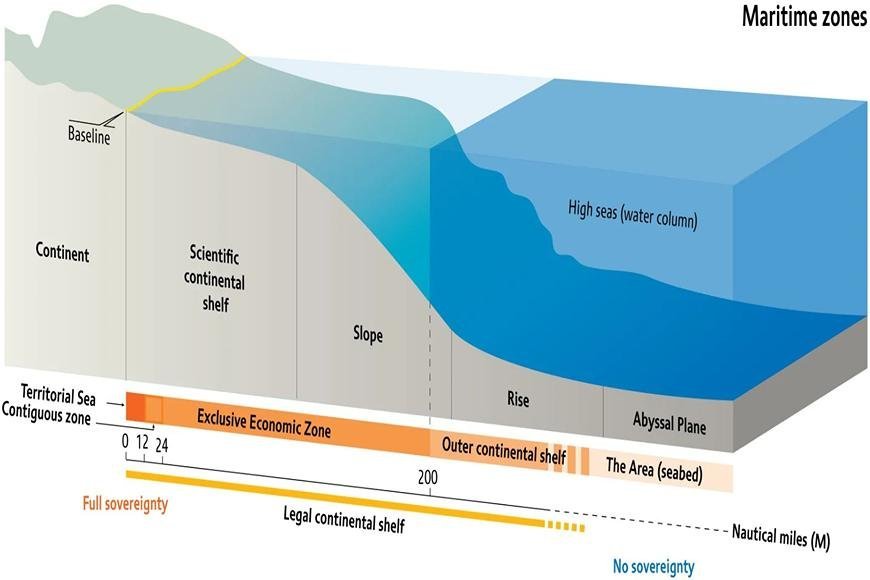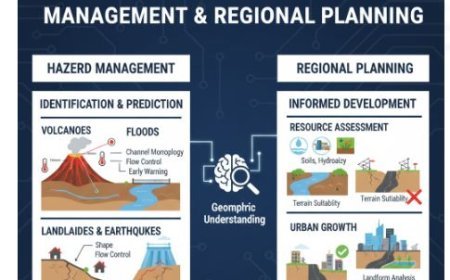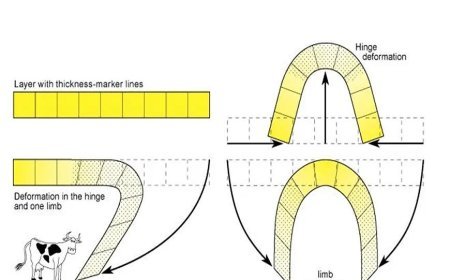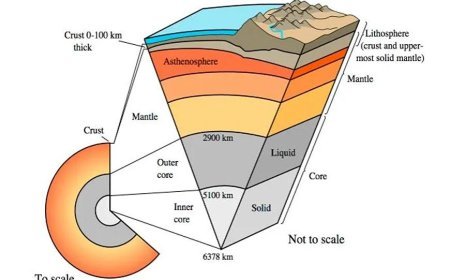CONTINENTAL SLOPE
Ocean's Steep Descent: Continental Slope - Where Shelf Meets Deep Seabed.

Continental Slope
- The continental slope is the last segment of the continental margin that connects the continental shelf to the oceanic floor.
- The relatively shallow continental shelf is naturally divided from the deep oceanic basins by the continental slope.
- Usually, the slope of this geological feature is steep.
- Its grade varies widely, from gentle inclines to a severe drop.
The Development of the Continental Slope
- Plate tectonics, often known as plate movements, is a well-defined geological process that produces all of these properties.
- Such geological processes are continuing, and new features can take millions of years to form.
- Another external mechanism that contributes to the formation of continental slopes is depositional features.
- Rivers often carry a range of sediments with them, and when they empty into oceans, all of these sediments are deposited along the continent's margin.
- The continental shelf is finally formed when the sediments accumulate and compress over time.
- Furthermore, when it goes further out to sea, the slope steepens, potentially as a result of underwater phenomena such as landslides, turbidity currents, and deep-sea current erosion.
- Continental slopes are the landforms formed as a result of these activities.
Characteristics of the Continental Slope
The following are the primary features of the continental slope:
Variability in Bathymetry
- The gradients of continental slopes are not homogenous or steady.
- The process that caused it, tectonic activity, the presence of underwater canyons, and other factors all have a significant impact on the gradient.
- Canyons beneath the sea Submarine canyons are V-shaped underwater canyons.
- It often originates on the continental slope and extends beyond the abyssal plain.
- It is a geological structure that results from a variety of processes. The turbidity current is one of these.
- The massive turbidity current transports sediments carved deep into the mountainside, generating canyons.
Ecosystem Diversity
- Due to its closeness to both shallow and deep ocean environments, the continental slope supports a varied range of marine organisms.
- In actuality, it serves as a transitional zone for a variety of species to thrive.
Petroleum Resources
- This region has a lot of hydrocarbon deposits, such as oil and natural gas.
- All of these natural economic resources have increased in value.
The Economic Value of the Continental Slope
The continental slope is significant for several reasons, including:
Marine biodiversity
- Deep-sea corals, crabs, and fish are just a few of the marine species that live in the region.
Circulation of the Ocean
- The region has a significant influence on deep ocean currents and (vertical) circulation patterns, which help in climate management and heat and nutrient distribution.
Geological Studies
- Geologists and other marine researchers study this area to learn about the tectonic history of the earth, the historical climate and its shifting patterns, and sedimentary records.
Exploration of Natural Resources
- Because of its hydrocarbon resources, the region is of enormous economic significance. As a result, it offers exploration and mining services.
The Need for Conservation
- As we already said, the continental slope is important for both the economy and the environment, so protecting it is also important.
- In the past few years, the area has had problems because of some amazing natural events and too many people doing things like exploring, researching, and exploiting.
- So, it can be protected and kept alive through some of the planned strategies.
What's Your Reaction?



































